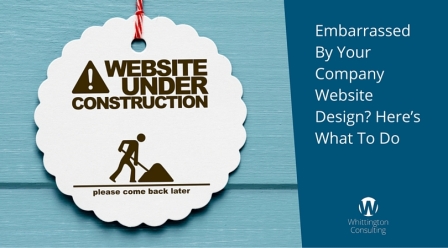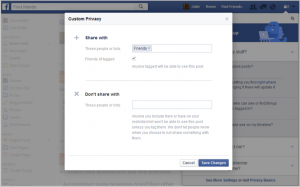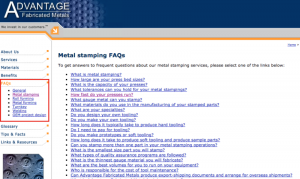
Your website exists for your customers. So, who does it serve when your customers search for your products or services and can’t find your company website, or can’t find what they’re looking for when they do?
For many businesses, website design is a passive task. Your team designs it once and it’s checked off your to-do list. But in a time when customers expect increasingly personalized web experiences, your website’s outdated functionality and lack of helpful information send prospective customers the signal that you aren’t prepared to do business.
Even worse, it sends the signal that business is stagnant and not prepared to take on new business, which makes it even less appealing to work with you. After all, what thriving, modern business today doesn’t update their website with new information on a regular basis?
What can you do when your website is an embarrassment? Take action. Here are three moves you should make when it’s time to bring your company website design up to par:
1. Test your website with real people.
The best way to find out if your website design meets the needs of potential customers is to test the website with real customers. You can do it manually by identifying 5-10 customers with great working relationships and asking them to participate in a website review, or you can use paid online tools that will organize the review for you (but preferably not a drunk one). Either way, this test will allow you to make informed decisions based on impartial feedback.
Even if testing your website with real people is too technical or involved, you can improve what you say on your website by noting the questions and problems that your customers and prospects are facing. Are you talking more about your company or their issues? Seeking out an unbiased opinion or even a professional opinion can give you ideas you’ve never thought of.
Definitely don’t: Ask your friends to review your company website. Unless your friends happen to be your ideal target customer, the feedback you get may send you off course to meeting the needs of the people who won’t purchase from your business anyway.
2. Budget incremental improvements to your website design.
Very few of us would drive a car that had a flat tire for a day, let alone for a few months. So why would you expect your website to continue to generate new business for you if you invest nothing in maintaining it?
In between complete overhauls, all B2B companies need to invest in the following:
- Updating your content management system
- Testing messaging on your homepage
- Improving click rates from page to page and optimizing the conversion funnel (leading people down the path to becoming a sales opportunity)
- Writing a company blog that answers common customer questions
- Updating product/service information
- Measuring response rates for automated email workflows or lead follow-ups and optimizing them with better messaging
Your website is an ongoing investment. If you’re delaying a major overhaul until a future point in time, that’s fine, but you must invest time and money in incremental improvements as you go. Try a growth driven design approach where you make small changes to your website — sometimes as little as one page at a time — and measure the improvements.
Also: Learn what a “growth driven design” approach is and how working on your website over time can actually make it less painful in the long run.
Definitely don’t: Let your website design grow stale. Your website is not a “set it and forget it” marketing tool. Even the most advanced website design will need to be maintained and tweaked over the years to remain an effective sales tool.
3. Consider planning for a new website design.
The process of redesigning a website can be so painful that we once had a CEO tell us “You can do marketing for us, just don’t redesign our website.” It doesn’t have to be that way. In fact, website redesigns should be a rewarding, positive project. The problem is that many companies try to cut costs by working with less-than-professional providers.
Don’t let your fear of a bad experience keep you from investing in what your business needs. Ask the right questions during your planning to ensure your website will be a business development engine for your business.
Become familiar with the process so you know who needs to be involved when and how much time and effort is required on your team’s part.
Definitely don’t: Ask a neighbor, friend, boss’s kid to redesign the website. If you want a professional website, work with a specialist with experience, like your in-house web designer or a professional website design agency. Anything less will leave you with an embarrassing redesign that will also cost you business.
Your outdated website is pushing away prospects rather than attracting them, and you can’t afford to leave it as it is.
Review these suggestions and ask yourself the tough questions.
“Is our website living up to potential?”
“What don’t I know that I need to know?”
“Are my assumptions about the company website wrong?”
Digital & Social Articles on Business 2 Community
(30)







